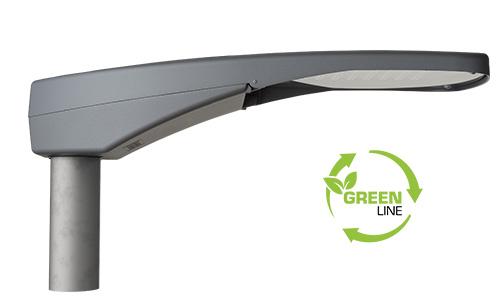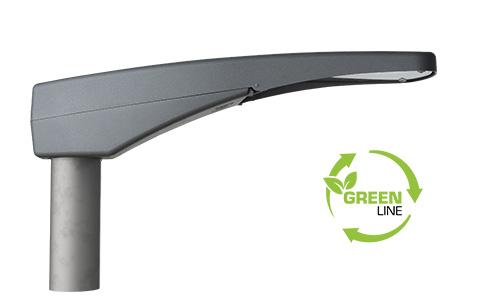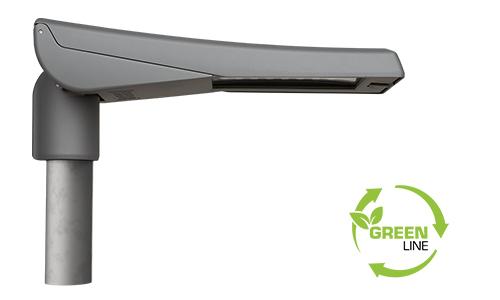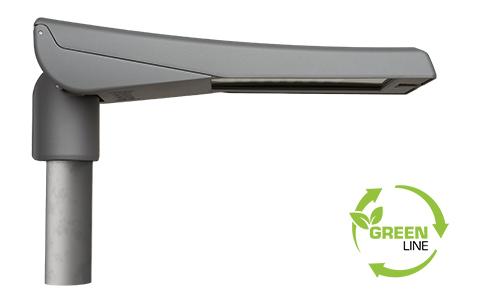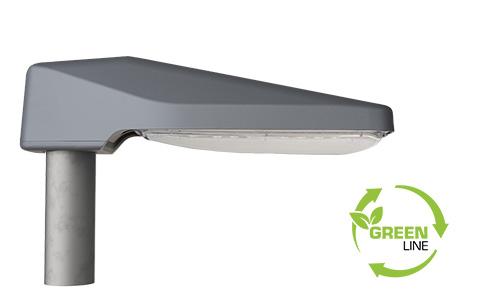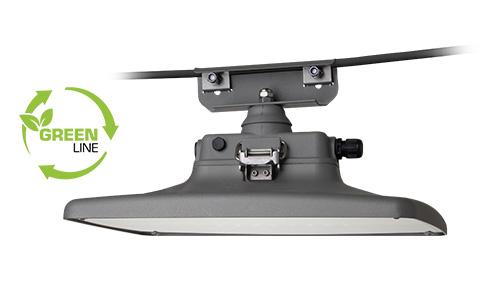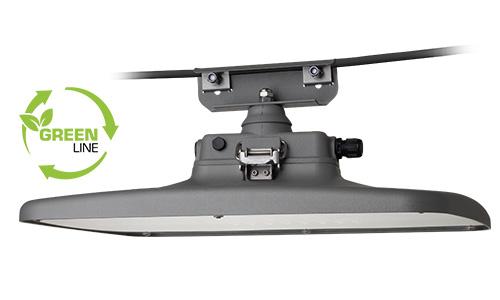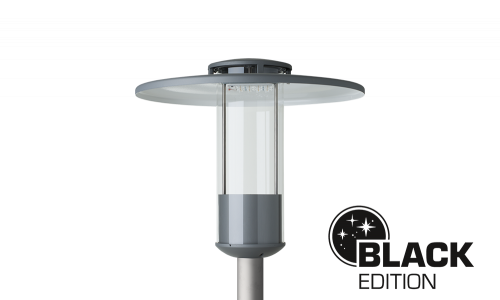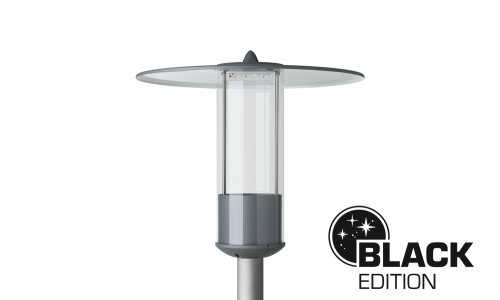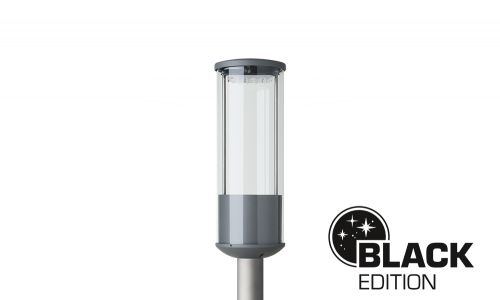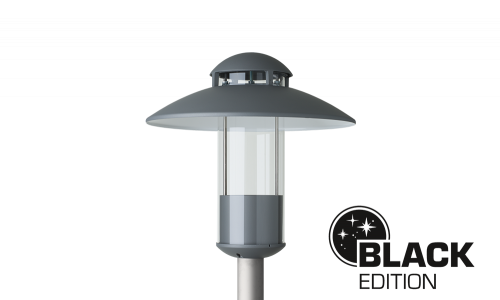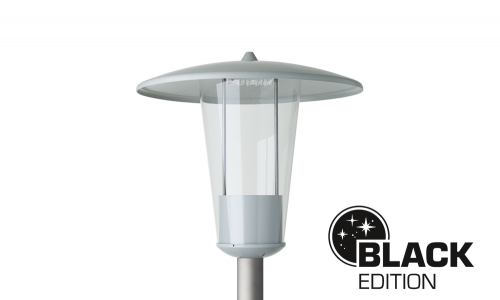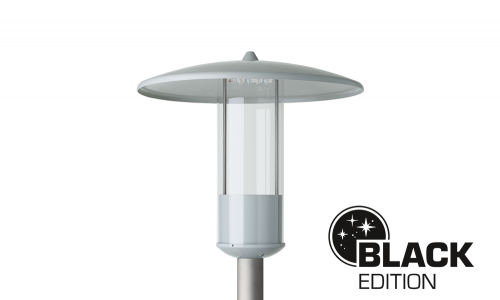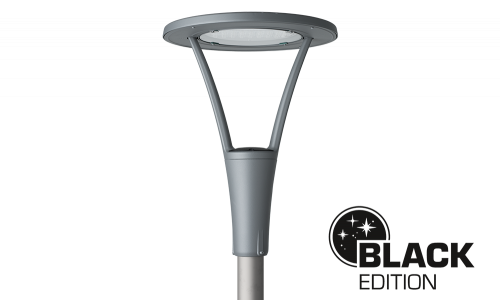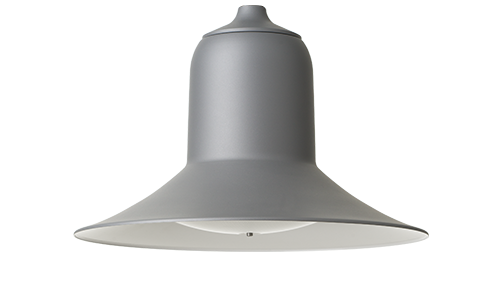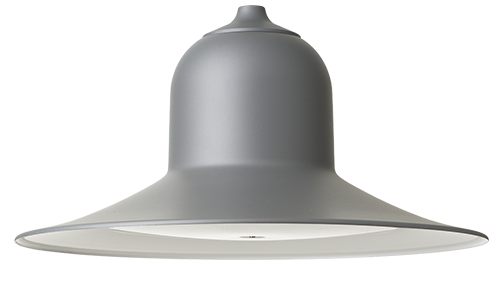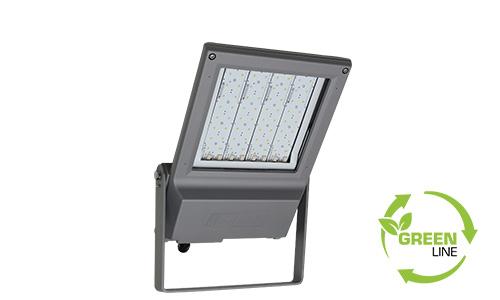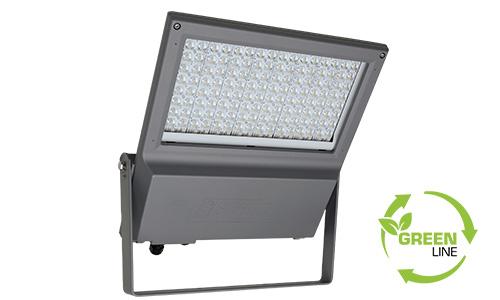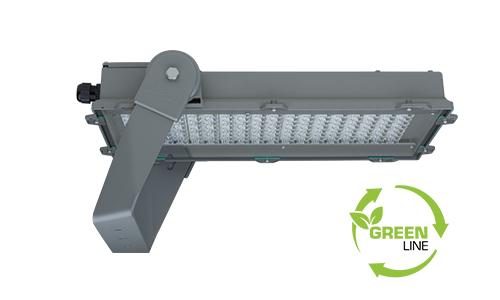In fewer and fewer places it is possible to experience the night sky with all its starry splendour and darkness. Light bells over cities and settlements are increasingly impairing the view of the starry sky. Artificial lighting in outdoor areas is continuously increasing the light immissions. Negative influences on people, animals and even microorganisms are increasing due to the brightness. To preserve natural darkness, outdoor lighting should only be used where necessary, only when necessary and only
as bright as necessary. The solution is adaptive light with technical luminaires. Special lens optics allow precise beam characteristics. In combination with time and presence control, the luminous flux is adapted to requirements. Warm light colours such as the amber light colour (1,800K) also reduce unwanted spill light to a minimum.
Protecting the night sky from light pollution is an important task for improving the quality of life, to preserve the habitat for wildlife and protect our access to the stars. The International Dark Sky Association (IDA) is committed to the preservation of our natural nocturnal environment, recognises the responsible use of light in the outdoors, and also designates Dark Sky Protected Areas such as star parks or nature reservers.
Only lights that meet the IDA criteria are suitable for use in protected dark sky areas:
With our Dark Sky-compliant luminaires, we promote the spread of ecologically beneficial light and thus play our part in limiting light immissions. As a corporate member of the IDA and with our membership of the 'Vereinigung der Sternenfreunde e.V.', we are also sending out a further visible signal of our commitment. |
